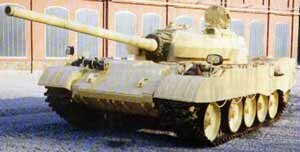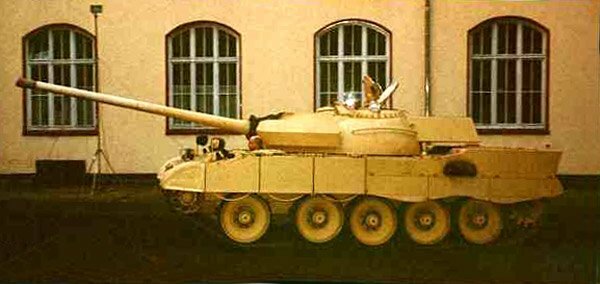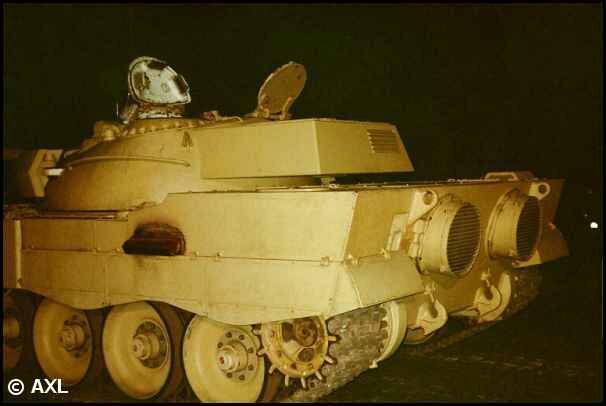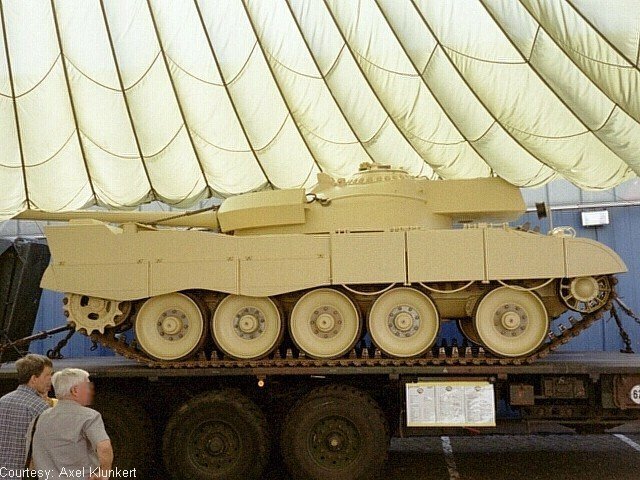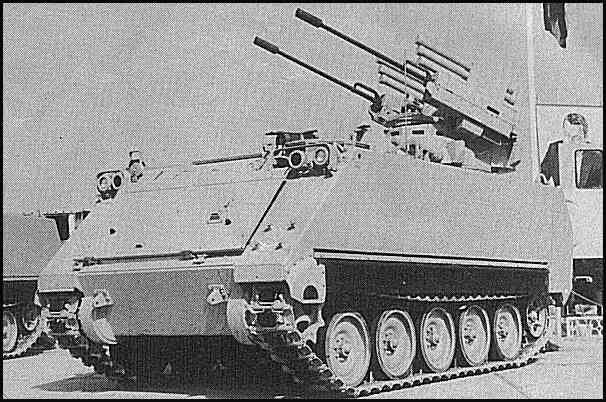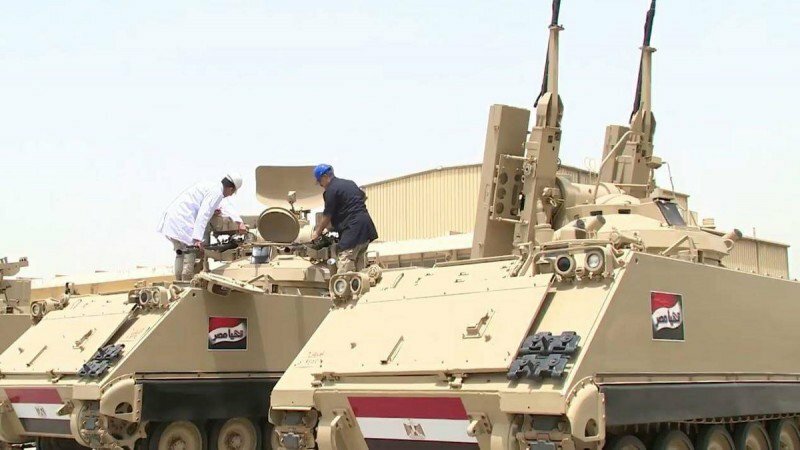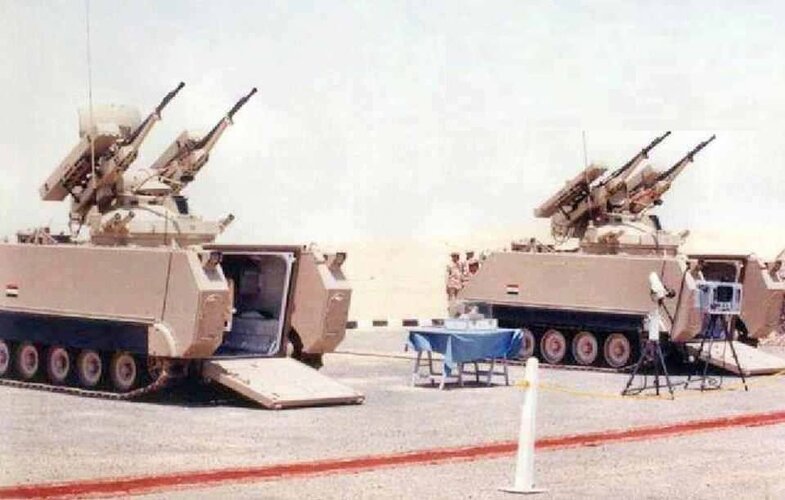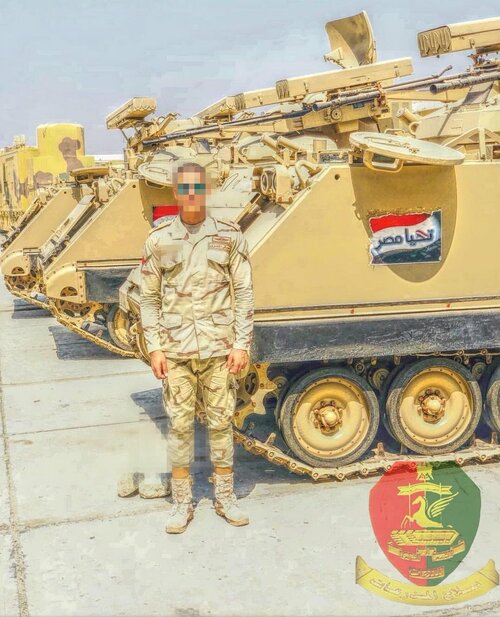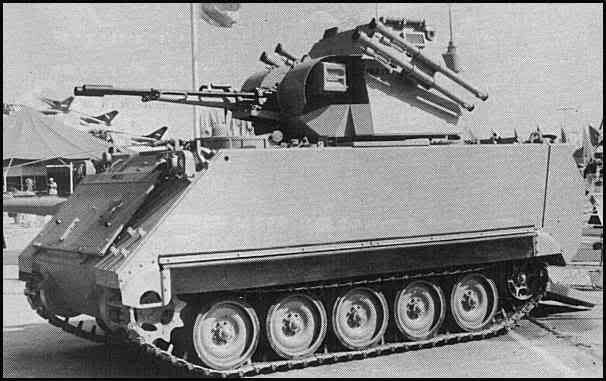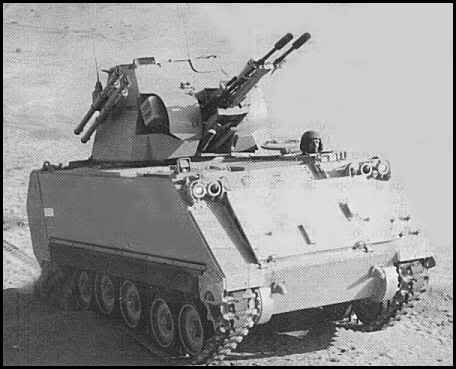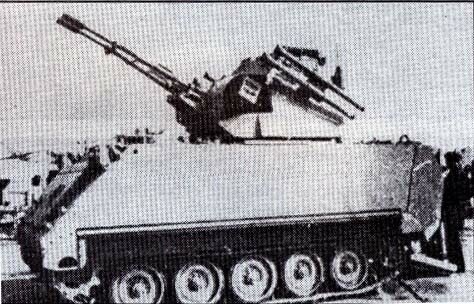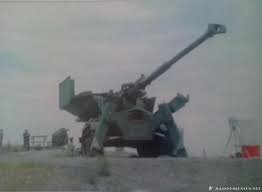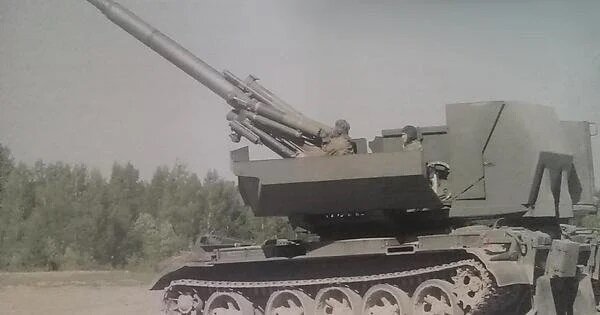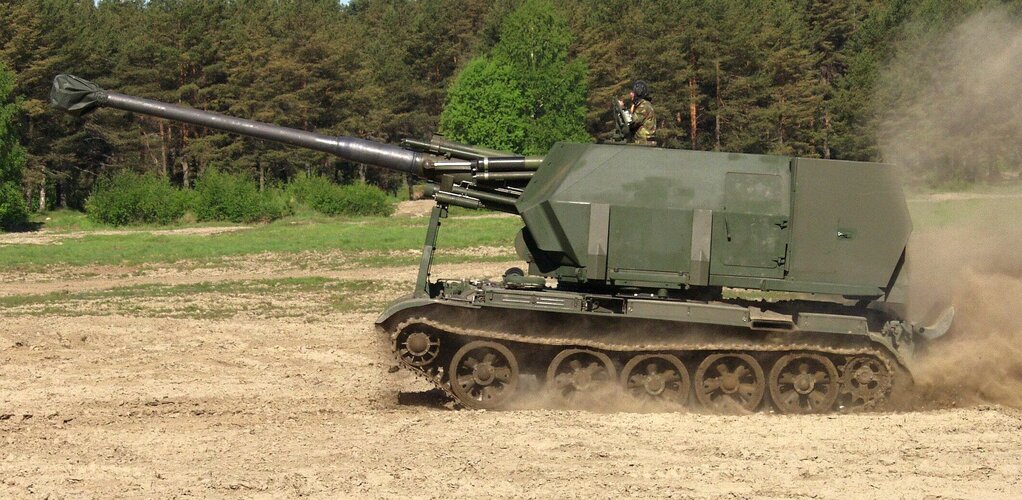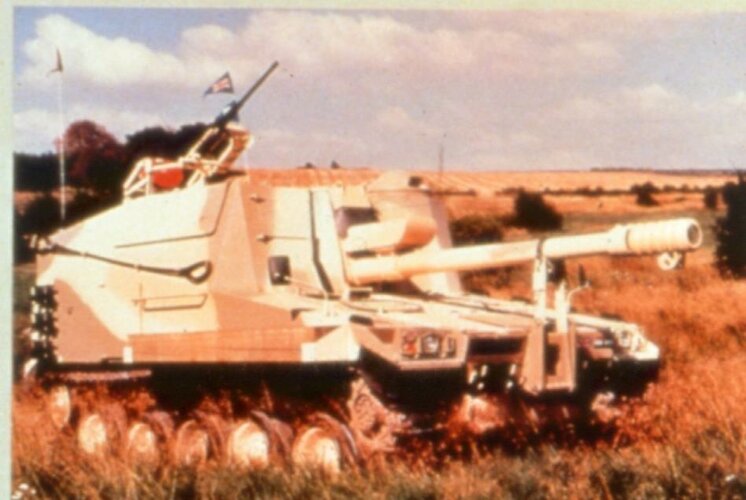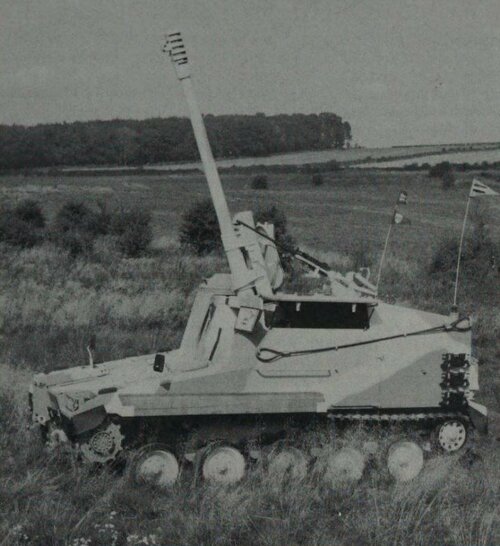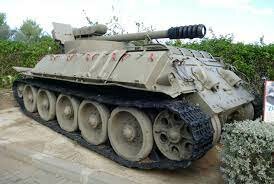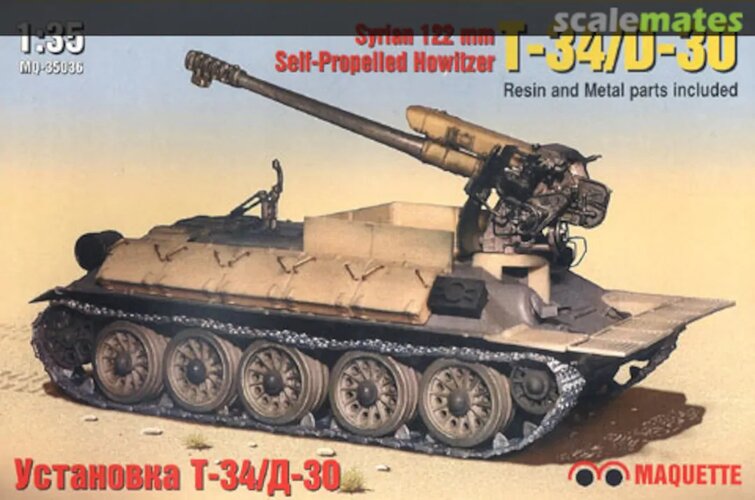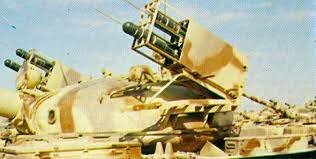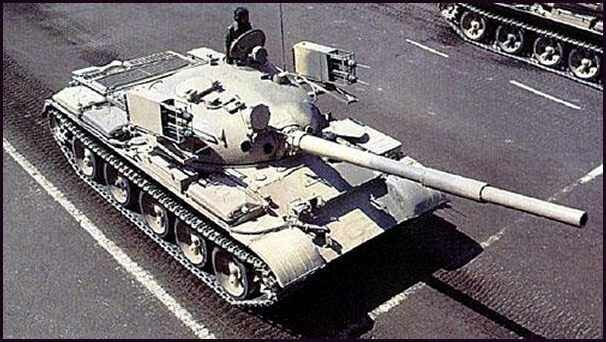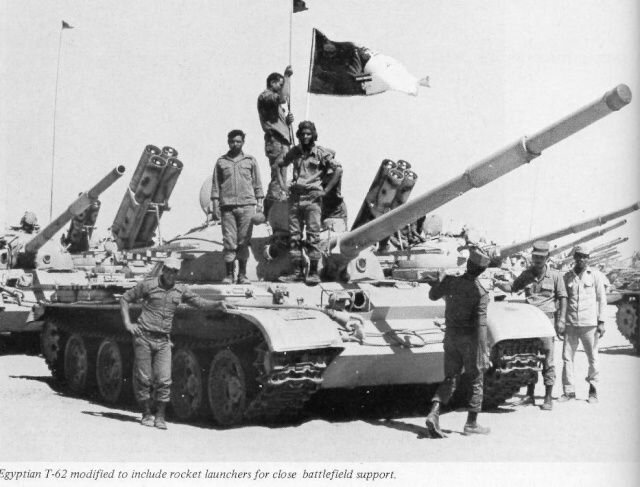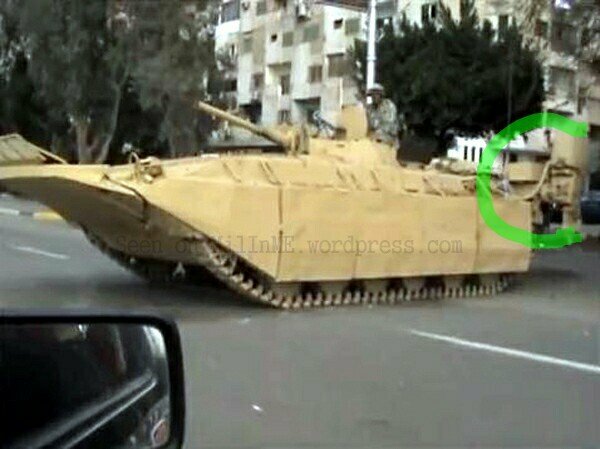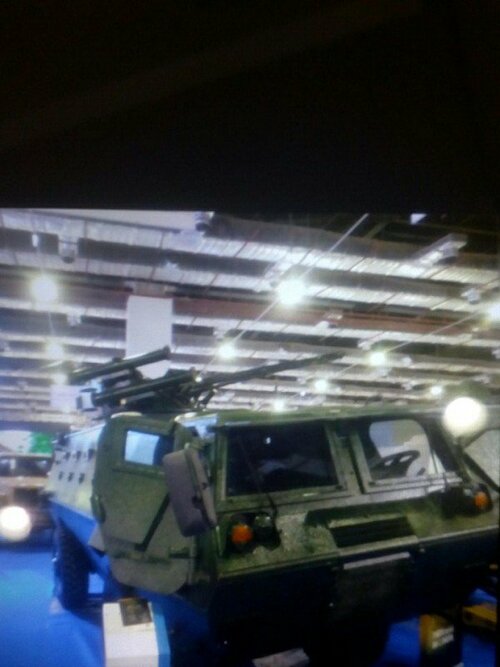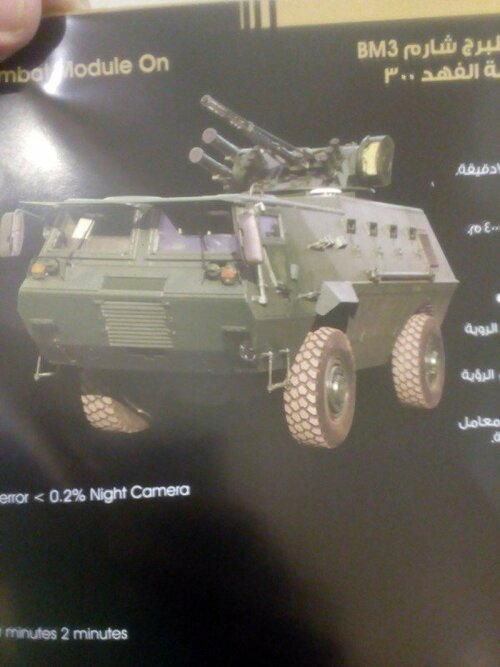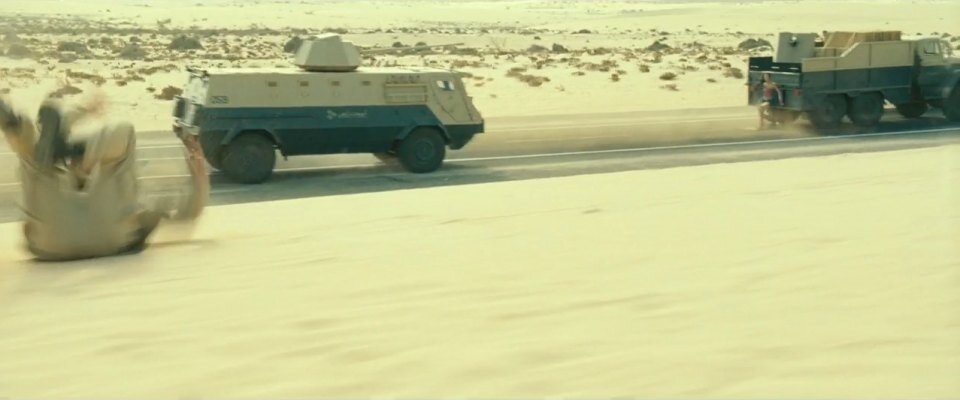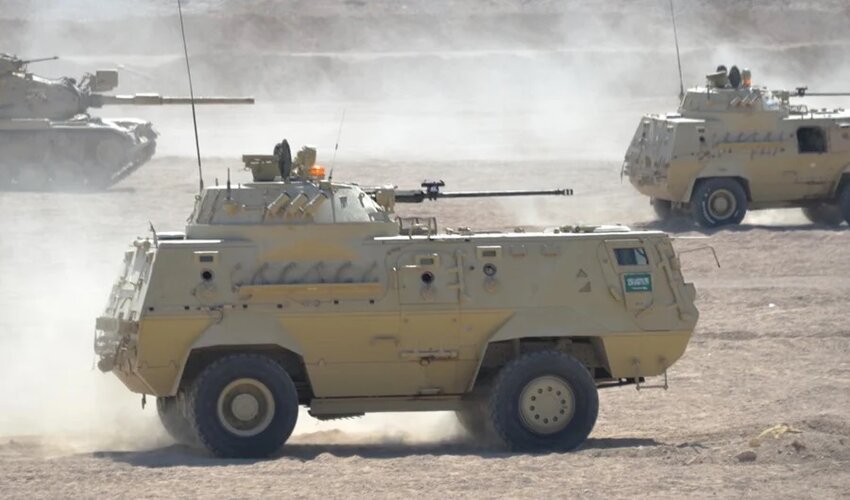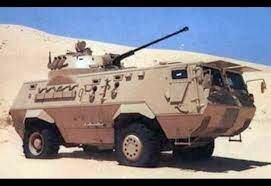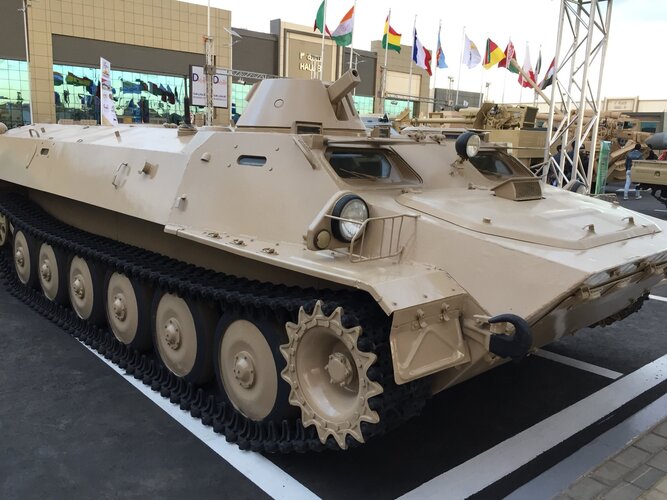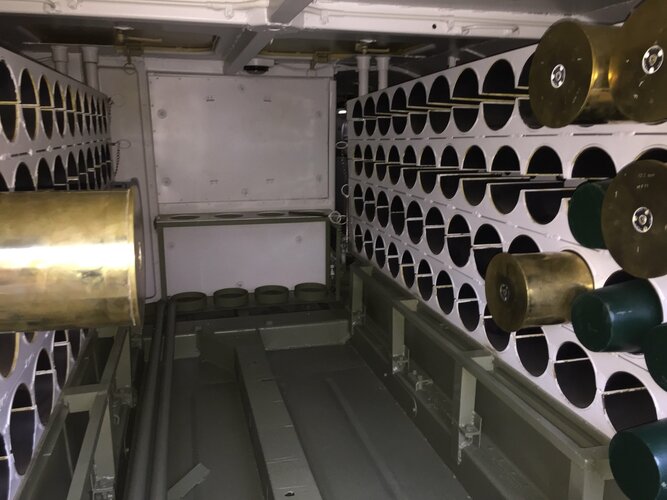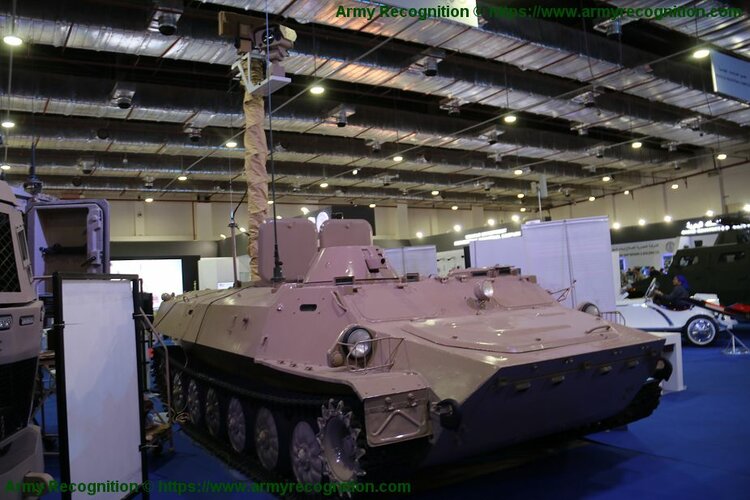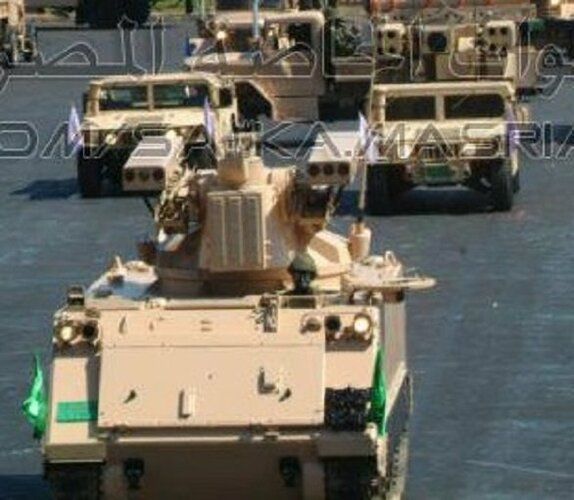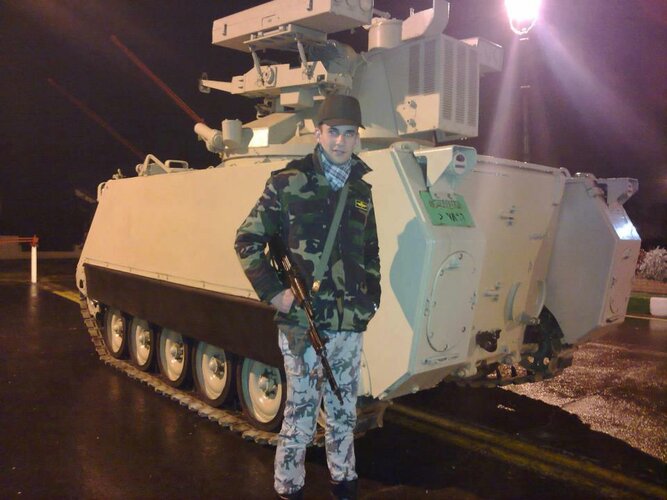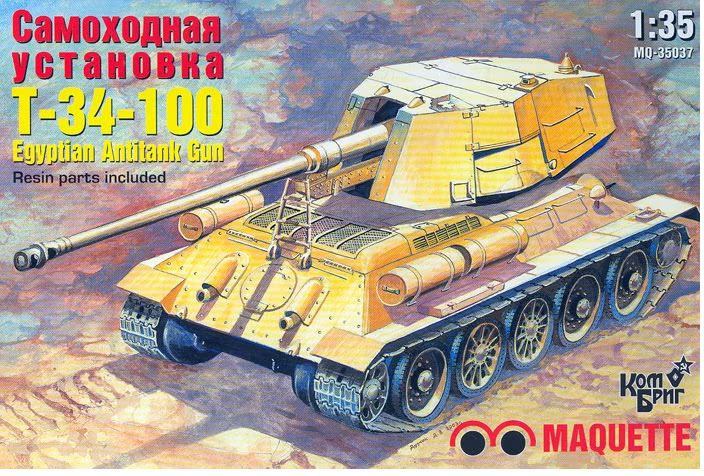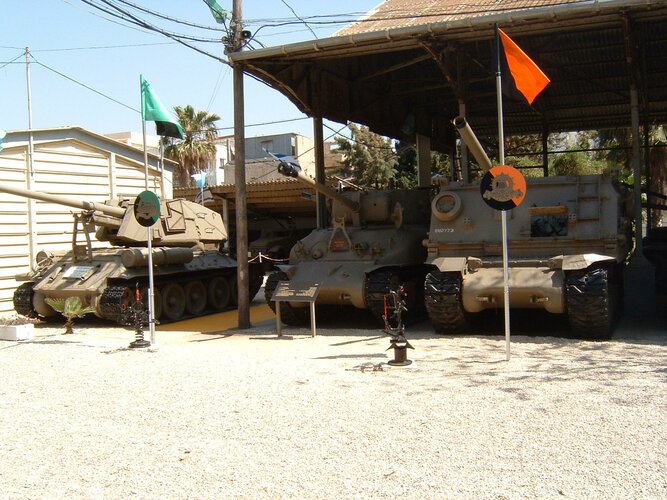British prototype Light tank/apc/spg for Egypt. Royal Ordnance 2000 series
One prototype made fitted by Abu Zabaal developed works for Aoi (Arab organization for industrialization)
From Tank encyclopedia
According to a report from the Armoured Trials & Development Unit at Bovington, the RO2000 series stemmed from a design, called SP122, done by the Royal Ordnance for a self-propelled howitzer for the Egyptian army, a design which would become the
RO2001. The vehicle was meant to be built in Egypt, the industry of which was not well developed, and thus the vehicle had to be simple and easy to manufacture. It was then decided to use the chassis for a family of vehicles, four of which would actually be designed. Other reports indicate that all the vehicles were designed at the same time and only after that was the SPG version offered to Egypt.
The basic RO2000 vehicle had a steel chassis, with a Perkins TV8-640 V8 turbocharged diesel giving 320 hp coupled to a 6-speed epicyclic automatic gearbox, both placed at the front of the vehicle, leaving the rear space empty for the addition of the fighting compartment. The suspension consisted of 5 double wheels mounted on torsion bars, with an idler at the rear and two return rollers per side. These features were meant to be simple, cheap and low maintenance. It was also advertised as being easily upgradeable for the needs of the British army, mainly because the stock configuration was technologically primitive for the day and era. The vehicle could manage a gradient of 30o, a trench measuring 2.2 m or an obstacle 75 cm high.
The armor values are not specified, although they were probably very low given the low weight of just 13.5 tonnes for the base vehicle. However, it was advertised that a new armor package could be installed to optimize protection against kinetic and HEAT shells.
Maintenance-wise, the vehicle was meant to be easily pulled apart, taking just 40 minutes to take out the engine, 35 minutes to take out the gearbox and 25 minutes to take out the final drive unit, all with ‘the simplest of equipment’.
The RO2000 chassis, probably in the form of the RO2001 howitzer, underwent at least 10,000 km of testing in ‘arduous conditions’.
he export version for Egypt was meant to be armed with a 122 mm D30 howitzer which was manufactured in Egypt by Abu Zaabal Engineering Industries Company. It was based on the Russian designed howitzer. It had a computerized gunsight system for both direct and indirect fire modes.
Although the prototype was fitted with the 122 mm D30 howitzer, the vehicle hull and superstructure could be adapted to fit most 122 mm howitzers. The superstructure and gun mount enabled the gun to have a traverse of + 30 deg from the centreline: +70 deg elevation and -5 deg gun depression. There was enough storage space for 84 rounds for the main gun.

